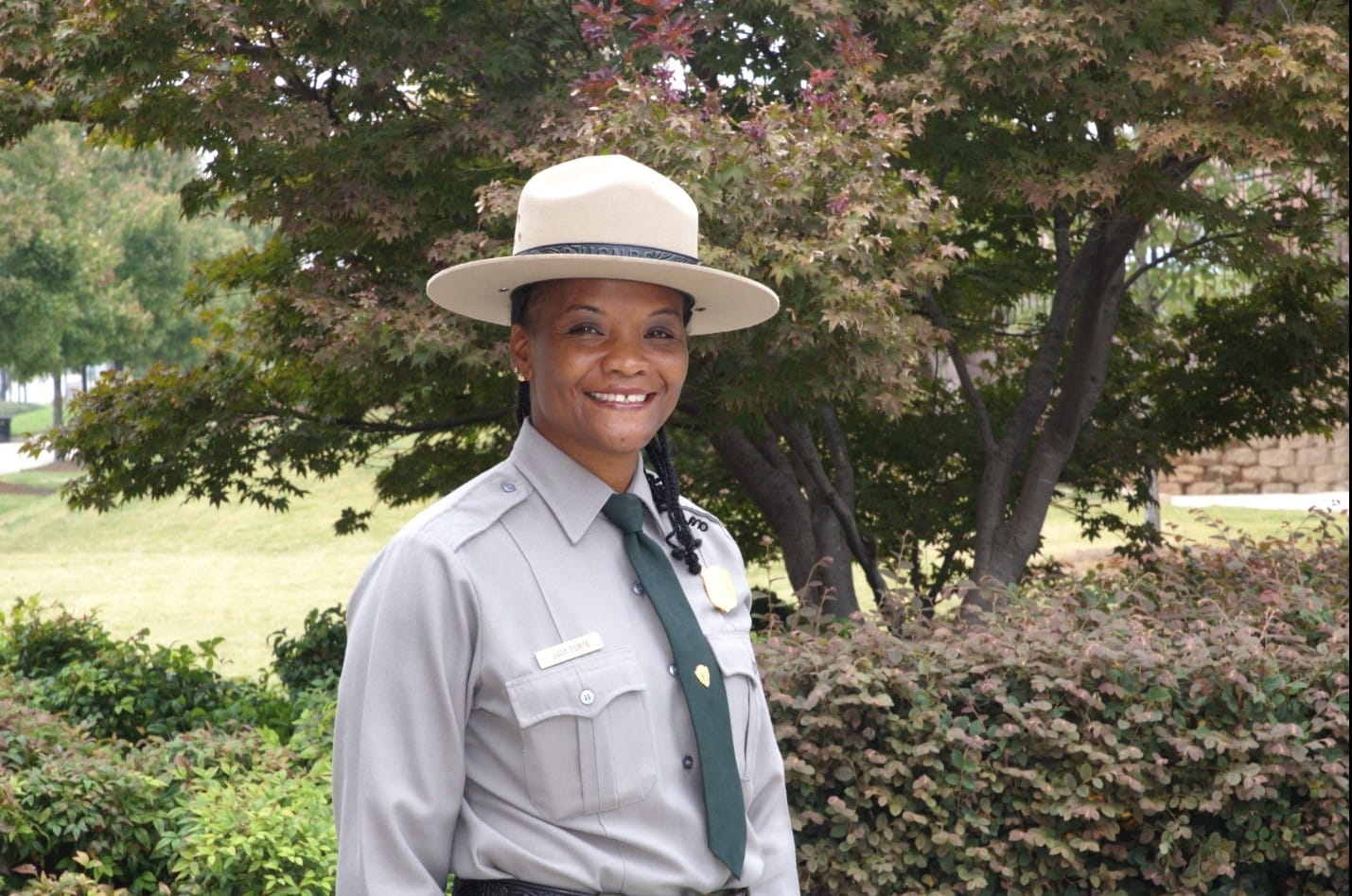Judy Forte says there are many people who don’t know about the life and legacy of Dr. Martin Luther King, Jr. “We are taught certain facts in our classrooms, at home, and in our communities about Dr. King’s life,” she says. “But a lot of times people are just unaware of the details that make Dr. King human.”
Forte should know. As the longtime superintendent at the Martin Luther King, Jr. National Historical Park in Atlanta, she’s charged with taking great care of the facts of his life—whether identifying the historically accurate shade of paint on the wall inside sanctuary where Dr. King preached his first sermon, or listening intently to the living legends of the movement who share their own stories and evolving wisdom with the hundreds of thousands who visit the park each year. “I’ve seen it so many times: when our visitors leave the park, they depart with a fuller, more accurate understanding the significant role Dr. Martin Luther King, Jr. played in the American civil rights movement,” Forte says.
Trust for Public Land’s team in Georgia has been proud to partner with Forte’s staff and leaders like the late Congressman John Lewis to add several structures to the national historical park over the years. As the current generation of activists carries on the unfinished fight for racial justice, we caught up with Forte to talk about how the park she manages serves a vital source of inspiration and connection to the roots of the movement.
What are some of the common ways that Dr. King’s life is misunderstood?
In school, we learn about Dr. King as a hero. He was a true hero, but when you visit the park and you see the house where he was born and lived the first 12 years of his life, you realize he was a person first, a human being. He lived in a house, where he sat around the dinner table with his family every evening; he was disciplined by his parents like we all are, he had to do chores like we do, he played baseball and football and basketball with his brother and friends. He teased his sister. He was just a normal kid, who grew up in a normal household with his maternal grandparents, parents, a sister, a brother, and extended family members, and that laid the fruitful foundations for Dr. King to become the person he became.
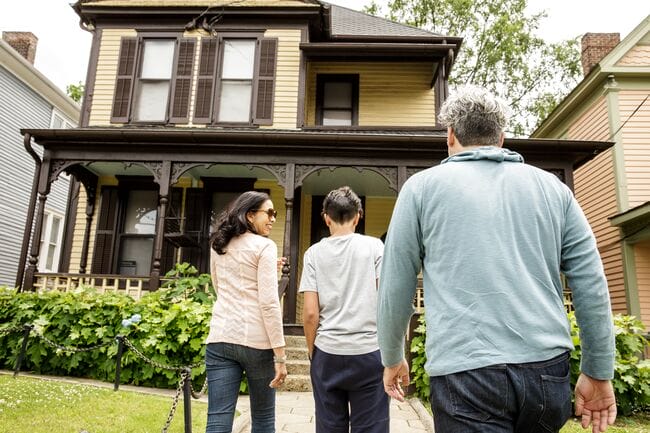
Dr. King’s birth home is an important site at the national historical park in his name. Visiting his childhood neighborhood allows you to “imagine for yourself how being a part of this community would inform your beliefs,” says Superintendent Forte. Photo: Christopher T. Martin
What can you get from visiting the park that you can’t get from reading a book about Dr. King?
I’m an avid reader. Reading can take you so many places. But it’s not the real deal. A book can tell you that Dr. King grew up in the Sweet Auburn neighborhood of Atlanta, which at the time was a community where the poor lived among the rich. But not until you come here and stand on the porch of his family’s home and see the neighborhood which has been preserved and restored to look exactly as it did during his lifetime, can you imagine for yourself how being a part of this community would influence your beliefs. You can read excerpts from Dr. King’s sermons in books, but we offer a chance for you to sit in the same pews where his parishioners sat, and listen to recordings of Dr. King’s sermons that were delivered from the very same pulpit. There’s a power to walking along these hallowed sidewalks and grounds: I personally have observed visitors connect with these tangible and intangible elements and leave with a renewed awe, wonder, and reverence for Dr. King’s life and legacy.
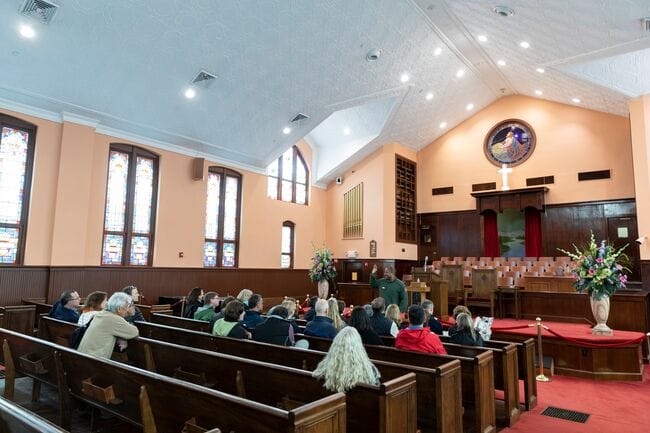
The restored sanctuary inside the historic Ebenezer Baptist Church, where a young Martin Luther King, Jr. preached his earliest sermons. Photo: Elyse Leyenberger
How does preserving these spaces inform today’s activists and leaders?
Our mission is to educate the public and preserve the places associated with the American civil rights movement during Dr. King’s lifetime. And through our social media, special exhibitions, talks, and programs, we are able to share how Dr. King’s life and work still has relevance in today’s turbulent times. We just recently welcomed players from the NBA and the NFL to the park, and some of them have since added Dr. King’s name to their jerseys, as a symbol of their embracement of his principles in nonviolence.
Most importantly, we work closely with our partners at The King Center for Nonviolent Social Change, whose primary educational focus is on training individuals and organizations on Dr. King’s methods and techniques in using Mahatma Gandhi’s nonviolent principles for social change. We also assist The King Center’s leadership in communicating Dr. King’s “What Is Your Life’s Blueprint?” concept to empower the general public in bringing about change and equal justice in an unjust society.
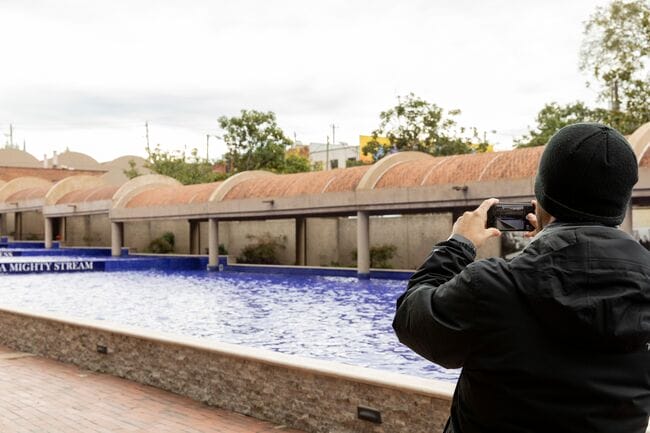
Visitors to the national historical park can also visit the tomb where Dr. King and Coretta Scott King are buried, on the grounds of the King Center for Nonviolent Social Change. Photo: Elyse Leyenberger
How did you learn about Dr. King growing up?
My father marched with Dr. King from Selma to Montgomery in March, 1965. He wouldn’t allow me to travel with him, as much as I wanted to go. When my father arrived home that evening, he told us of his experience with the march, and the people who were there. My earliest understanding of Dr. King, which I understood from my father, was that he was a preacher “first.” The church was the foundation of the civil rights movement—the fundraising, the strategic support, the volunteers came through the churches. And it was our church that paved the way for my family to stay involved. That’s what connected with my family: Dr. King’s ministry, his love of god, his spiritual teachings, his willingness to serve.

Judy Forte’s father joined the mass of 25,000 people who marched from Selma to Montgomery, Alabama, in March, 1965, to protest segregationist voting restrictions. Photo: Peter Pettus/Library of Congress
Dr. King was a leading member of a massive movement during his lifetime. How is the scope of that movement represented at the park?
We have exhibits and programs about many different stages, from the Jim Crow era to Dr. King’s time in Birmingham, to the time of his assassination in Memphis, when he was growing the Poor People’s Campaign. These exhibits give a wider interpretation of the foot soldiers who joined Dr. King to advance peace and justice in America—they were people of every age, race, gender, and nationality.
Is there a leader who’s story you’d like to share with our readers?
It is because of Coretta Scott King that Dr. King’s legacy is alive today. Following his death, she was able to garner the financial support to create The King Center. She was the front runner in establishing a national park in honor of her husband’s life and legacy, and in establishing a national holiday in his honor, that is now celebrated in over a hundred nations worldwide.
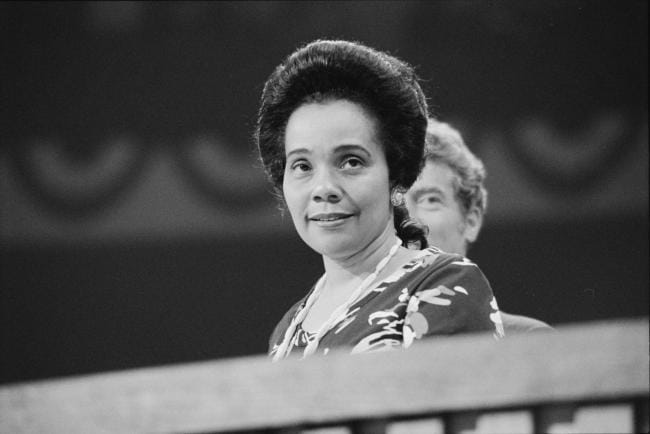
Coretta Scott King at the Democratic National Convention in 1976. “Her legacy is so much larger than that of a mother and a wife—she was an activist in her own right,” says Superintendent Forte. Photo: Warren K. Leffler
Her legacy is so much larger than that of a mother and a wife—she was an activist in her own right, and she carried forward their shared dream of a “beloved community” after her husband’s death, where equality in society would flow naturally from cultivating a state of mind and a state of heart where you carry love and empathy for every person. Those are the ideals that both Dr. and Mrs. Martin Luther King Jr. were trying to drag America toward in their lifetimes. Even though we’re not there yet, I think it’s a dream we can eventually reach.
One-third of Americans, including 28 million children, lack safe, easy access to a park within a 10-minute walk of home. Urge your senators to pass the Outdoors for All Act to create parks and enhance outdoor recreational opportunities!

Donate to become a member, and you’ll receive a subscription to Land&People magazine, our biannual publication featuring exclusive, inspiring stories about our work connecting everyone to the outdoors.

